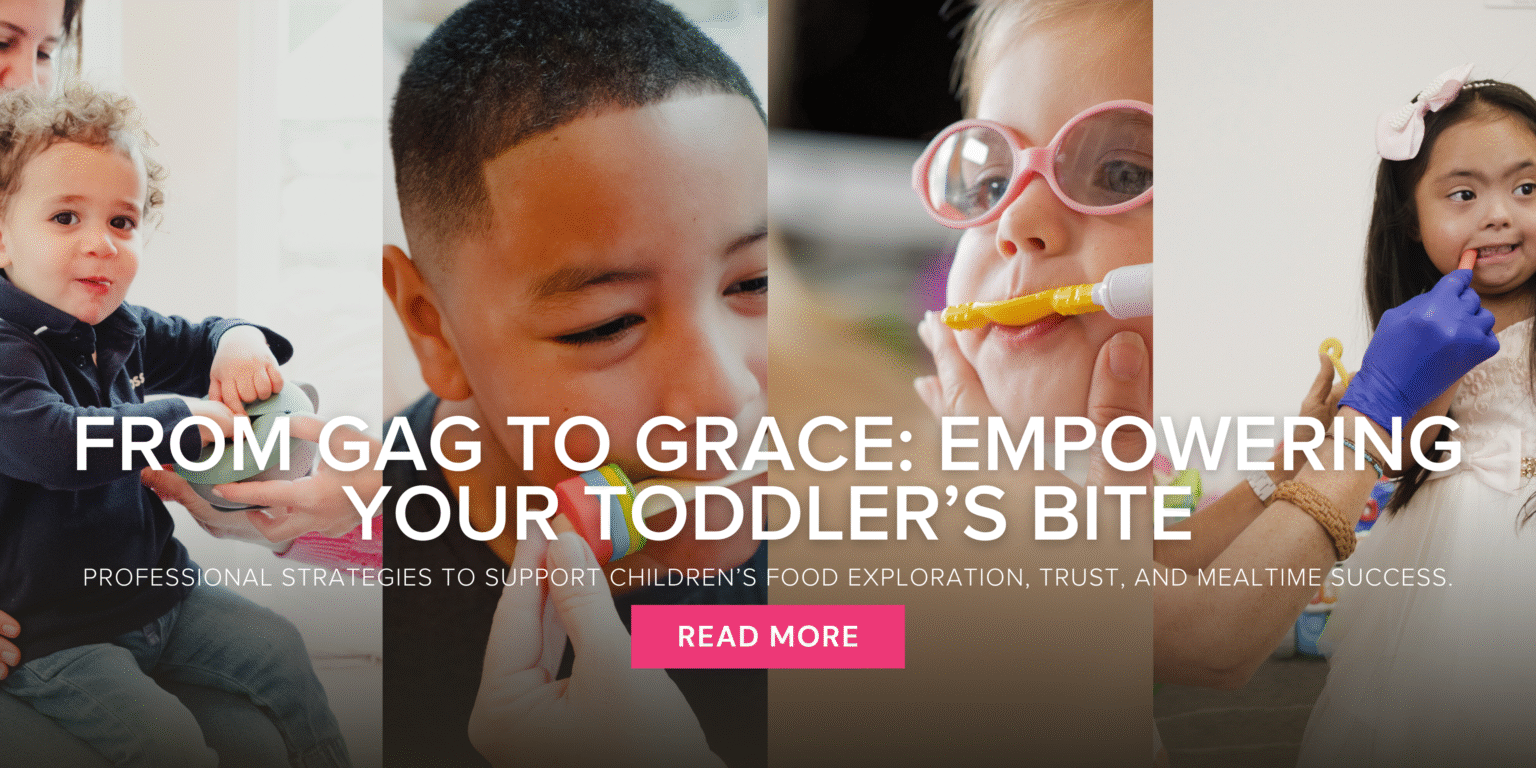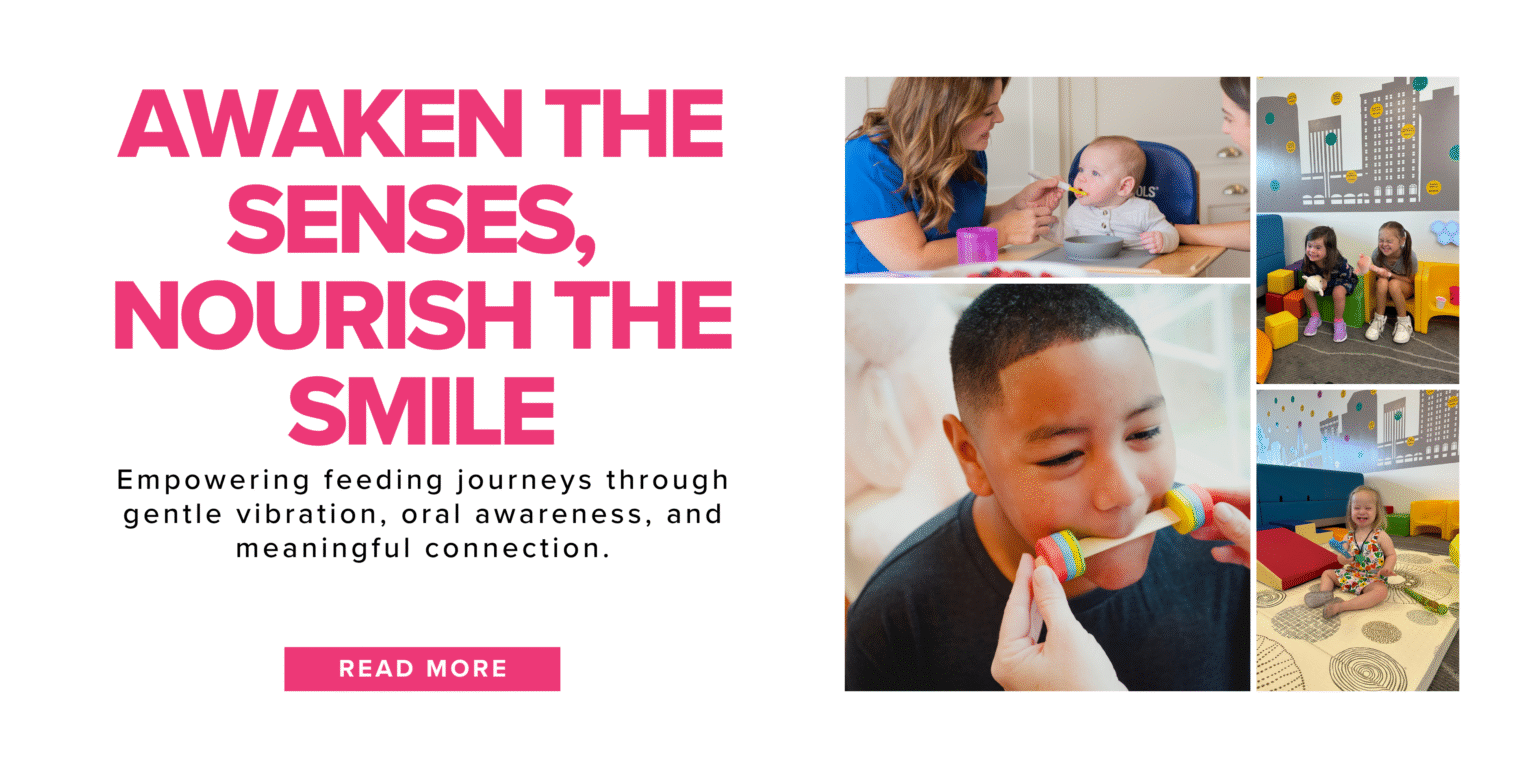Variability of Tongue-Tip Placement: Acoustically Standard Production of /s/ Cross-Culturally
Rosenfeld-Johnson, S. (2012, November). Poster session presented at the Annual ASHA Convention. Atlanta, GA.

REFERENCES
Bahr, D. C. 2001. Oral Motor Assessment and Treatment: Ages and Stages. Boston: Allyn and Bacon.
Bobath, B. 1971. Motor development, its effect on general development, and application to the treatment of cerebral palsy. Physiotherapy, 57 (11), 526-532.
Bauman-Waengler, J. (2008) Articulatory and Phonological Impairments. Pearson
Fletcher, S.G. 1992. Articulation: A Physiological Approach. San Diego, CA: Singular.
Hawk, S., and Young, E. H. 1938. Moto-Kinesthetic Speech Training. Stanford: Stanford University Press.
Kuster J. (2007) Net Connections for Communication Disorders
Liberman, S. M. 1957. Some results of research on speech perception. Journal of the Acoustical Society of America. 29, 117-123.
Perkell, J. S.; Matthies, M.; Lane, H.; Guenther, F. H.; Wilhelms-Tricarico, R.; Wozniak, J.; et al. 1997. Speech motor control: Acoustic goals, saturation effects, auditory feedback and internal models. Speech Communication, 22(2-3), 227-250.
Roth, Froma P., and Colleen K. Worthington. 1997. Treatment Resource Manual for Speech-Language Pathology. Singular Publishing Group, Inc. Dept. Hearing and Speech Sciences. University of Maryland. 114.
Rosenfeld-Johnson, S. 2009. Oral Placement Therapy for Speech Clarity. Charleston, SC: TalkTools.
Rosenfeld-Johnson, S. 2010. Oral Placement Therapy (OPT) for /s/ and /z/. Charleston, SC: TalkTools.
Secord, W., Boyce, Donohur, J.,Fox, R. Shine, (2007) Eliciting Sounds: Techniques and Strategies for Clinicians. Cengage Learning.
Savrson, R. H. 1961. Motor Phonetics. Amsterdam, Netherlands: North Holland.
Westermann, G., and Miranda, E. R. 2004. A new model of sensorimotor coupling in the development of speech. Brain and Language, 89, 393-400.



